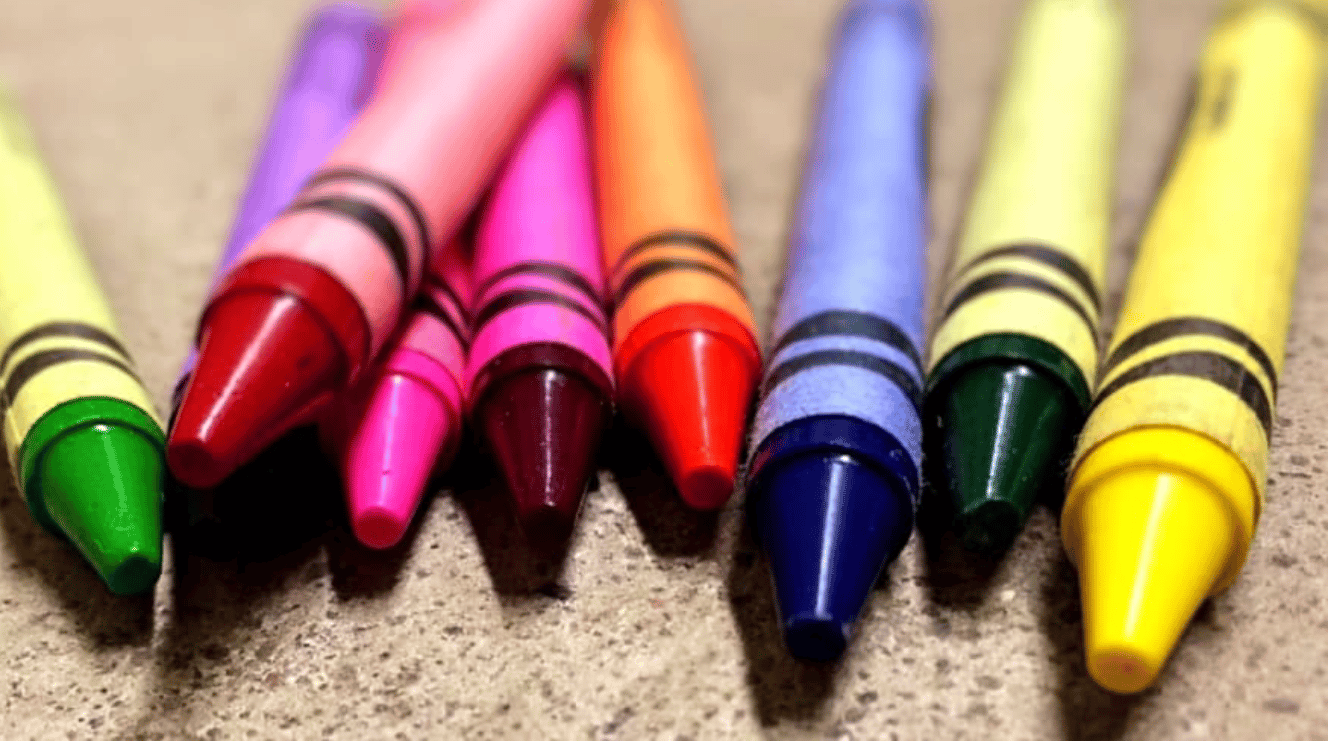A super-simple guide to bitcoin and blockchain
If children were asked to invent money for themselves, how would they do it?
Imagine a situation where you’re back in kindergarten and each child either has or doesn’t have crayons. The kids with crayons can give them out in exchange for other items of equivalent value.
In the playground, some kids exchange their crayons for pens, rulers, or erasers. More often, kids exchange crayons for money. It really depends on what is agreed upon at the time of the transaction. One thing remains constant, though, the crayon is an asset.
For a transaction to occur (e.g., let’s say Johnny wants to give Peter three crayons), Johnny and Peter will go together to the teacher and inform her so that she can document it in the central register. Miss Juliet (the teacher) documents all transactions to prevent future troubles among pupils.
During the transaction between Johnny and Peter, Miss Juliet ensures that Johnny actually has three crayons to give to Peter. She immediately verifies this and updates the central register to say that Johnny now has three fewer crayons, and Peter has three more.
An imperfect system
Although Miss Juliet does a good job, she isn’t always accurate. Sometimes, it is difficult for her to focus because she is always busy processing school work. Occasionally, she doesn’t write the proper number of crayons traded.
One day a group of 15 smart kids, who have looked down on Miss Juliet’s documenting process due to obvious flaws and lack of speed, decide to make their own crayon transaction system (yes, crayons are very important).
These pupils (including Johnny and Peter) come up with a method to trade crayons among one another with intermediary (Miss Juliet) whatsoever to control the transaction flow.
A better system
Here’s the system created by the kids:
Whenever two children want to transact crayons, they will have to inform everyone in the group (simply screaming for attention does the trick). The other kids in the group will quickly verify that pupil A has enough crayons to give to pupil B. As soon as this is verified, every kid will take note of it by recording it in his/her own ledger (there will be no central ledger, but each kid will have a separate ledger), and the transfer will be approved. This way, transactions will always be secure and accurate.
Lastly, for those pupils who work to verify that a crayon transaction is valid, the parents (obviously the parents are the ones who buy the kids crayons in the first place) of the entire group will jointly issue a number of crayons to the pupils as a reward.
This is actually a good idea if you think about it. The structure of this newly contrived system annihilates the need for an intermediary. Transactions will be very secure since each kid has his own ledger and updates it whenever a new transaction occurs. The best part is that the kids who tirelessly verify and seal transactions in their ledgers will be rewarded with more crayons!
If only such a system existed in real life, but for transacting actual currency, right?
Well, guess what?
It already exists and it is called blockchain technology.
The kindergarten story we started off with is merely an analogy to help us understand bitcoin and blockchain without delving into technical details. Now, let’s break the analogy down:
The crayons are what bitcoins are to blockchain – a bitcoin is a unit of digital currency ( there are several other digital currencies ).
The intermediary (Miss Juliet) represents bodies like banks, the government, and accountants. In real life, we have trusted these third parties for many years to coordinate transactions for us, but they are obviously flawed and not very secure (i.e., someone could hack into a bank’s central system and files could be corrupted).
The kids who verify transactions between two members of the group are analogous to miners in the blockchain; they are of high importance to the system.
Miners are the reason that bitcoins are very secure. They are continually using their computers to do thousands (or millions or less it depends) of complex mathematics each second to ensure that the ledger is always correct. This way, it’s impossible for a single miner or a group of miners to cheat the system in their favor because if they did, the entire thing wouldn’t add up!
For a transaction to be approved, all the ledgers within the system must tally, and the miners must agree upon the mathematical result.
We already saw that the kids who verify transactions are given new crayons. Something similar happens in the blockchain; whenever a miner is able to solve the mathematics (using a computer) and verify a transaction, the other miners confirm that his work is correct before they document it into their ledgers. He/she is then rewarded with bitcoins.
When a miner receives bitcoins as a reward for hard work, new bitcoins are introduced into the blockchain.
The cryptocurrency paradigm presents humanity with endless possibilities. Only the future will tell what we will make out of it.
Advantages of bitcoin
By the hour, more and more people are finding the concept of bitcoins interesting. Here are a few reasons why:
- Bitcoins are scarce.
- Bitcoins are divisible.
- Bitcoins are durable.
- Bitcoins can be stored.
- Bitcoins are portable.
- Bitcoins are transferable.
- Bitcoins are difficult to counterfeit.
These qualities, attention, and security have translated to an increase in value for bitcoins over the years. While some people think that bitcoin and blockchain technology will change the world for the better, others believe that the entire concept is just worthless. What do you think?
written by Jordan Irabor
RELATED TAGS
CONTRIBUTOR
- undefined by undefined
